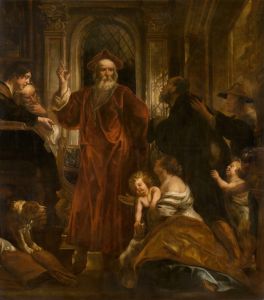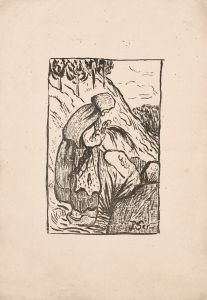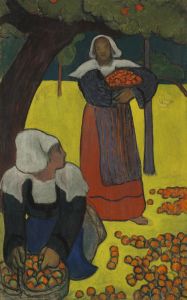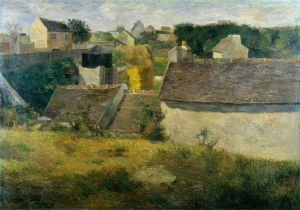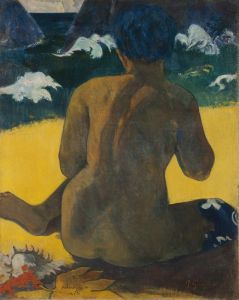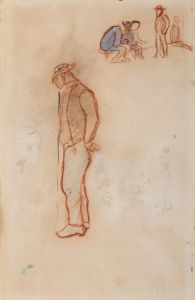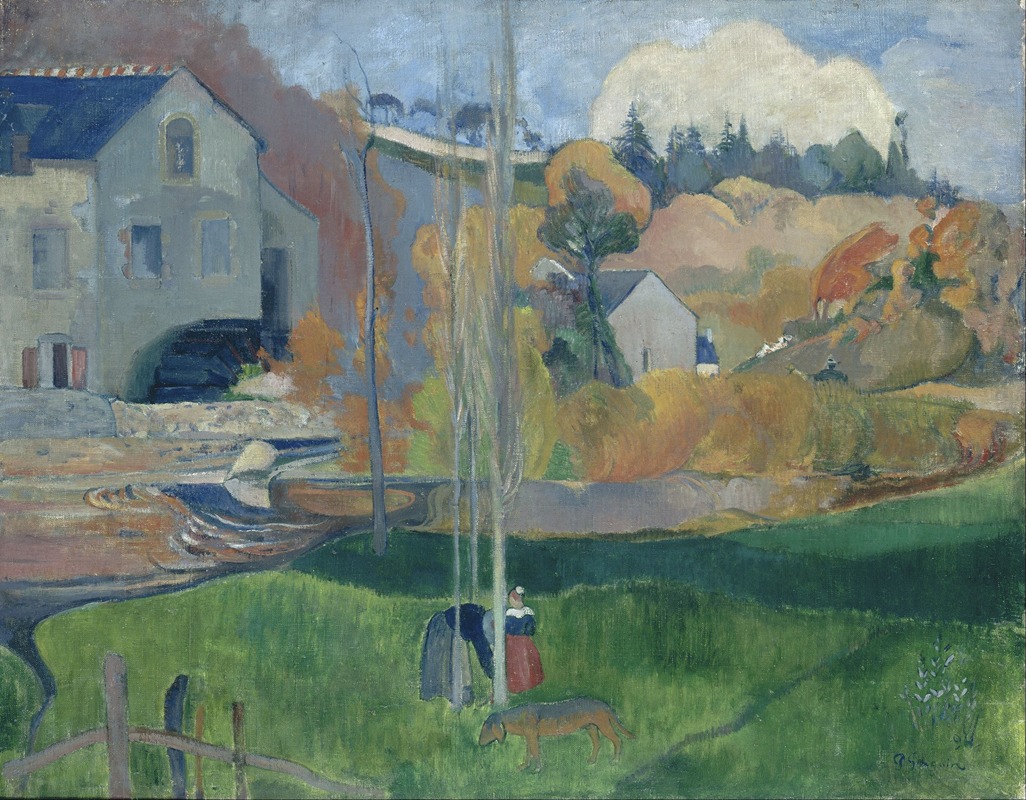
Landscape in Brittany. The David Mill
A hand-painted replica of Paul Gauguin’s masterpiece Landscape in Brittany. The David Mill, meticulously crafted by professional artists to capture the true essence of the original. Each piece is created with museum-quality canvas and rare mineral pigments, carefully painted by experienced artists with delicate brushstrokes and rich, layered colors to perfectly recreate the texture of the original artwork. Unlike machine-printed reproductions, this hand-painted version brings the painting to life, infused with the artist’s emotions and skill in every stroke. Whether for personal collection or home decoration, it instantly elevates the artistic atmosphere of any space.
"Landscape in Brittany. The David Mill" is a painting by the French Post-Impressionist artist Paul Gauguin. Created in 1894, this work is an example of Gauguin's exploration of the Breton landscape and his interest in capturing the rural life and natural beauty of the region. Gauguin was known for his bold use of color and innovative approach to composition, which are evident in this painting.
Paul Gauguin was born on June 7, 1848, in Paris, France. He is renowned for his contributions to the Post-Impressionist movement, which sought to move beyond the naturalism of Impressionism and explore more symbolic and abstract forms of expression. Gauguin's work often featured vivid colors, strong lines, and a departure from traditional perspective.
In the early 1880s, Gauguin began to spend time in Brittany, a region in northwestern France known for its distinct cultural identity and picturesque landscapes. He was drawn to the simplicity and authenticity of rural life there, which contrasted with the industrialization and urbanization of Paris. Brittany provided Gauguin with a wealth of inspiration, and he produced numerous works depicting its people, landscapes, and traditional customs.
"Landscape in Brittany. The David Mill" captures a serene and idyllic scene in the Breton countryside. The painting features a mill, likely the David Mill referenced in the title, set against a backdrop of rolling hills and lush greenery. Gauguin's use of color is particularly striking; he employs a palette of greens, blues, and earthy tones to convey the natural beauty of the landscape. The composition is carefully balanced, with the mill positioned slightly off-center, drawing the viewer's eye into the scene.
Gauguin's technique in this painting reflects his interest in the decorative and symbolic potential of color. Rather than striving for photographic realism, he uses color to evoke mood and atmosphere. The brushwork is confident and expressive, with visible strokes that add texture and dynamism to the scene. This approach is characteristic of Gauguin's broader artistic philosophy, which emphasized the emotional and spiritual dimensions of art.
"Landscape in Brittany. The David Mill" is also notable for its depiction of rural architecture and the integration of human activity within the natural environment. The mill, a symbol of traditional industry, stands as a testament to the enduring connection between the people of Brittany and their land. Gauguin's portrayal of this relationship is both respectful and idealized, reflecting his admiration for the simplicity and authenticity of rural life.
Throughout his career, Gauguin sought to escape the constraints of European society and find new sources of inspiration. His time in Brittany was a crucial period in this quest, allowing him to develop his distinctive style and explore themes that would continue to resonate in his later works. "Landscape in Brittany. The David Mill" is a testament to Gauguin's ability to capture the essence of a place and convey its unique character through his art.
Today, Paul Gauguin is celebrated as one of the leading figures of Post-Impressionism, and his works are held in major museums and collections around the world. "Landscape in Brittany. The David Mill" remains an important example of his artistic legacy and his enduring fascination with the landscapes and cultures he encountered during his travels.





